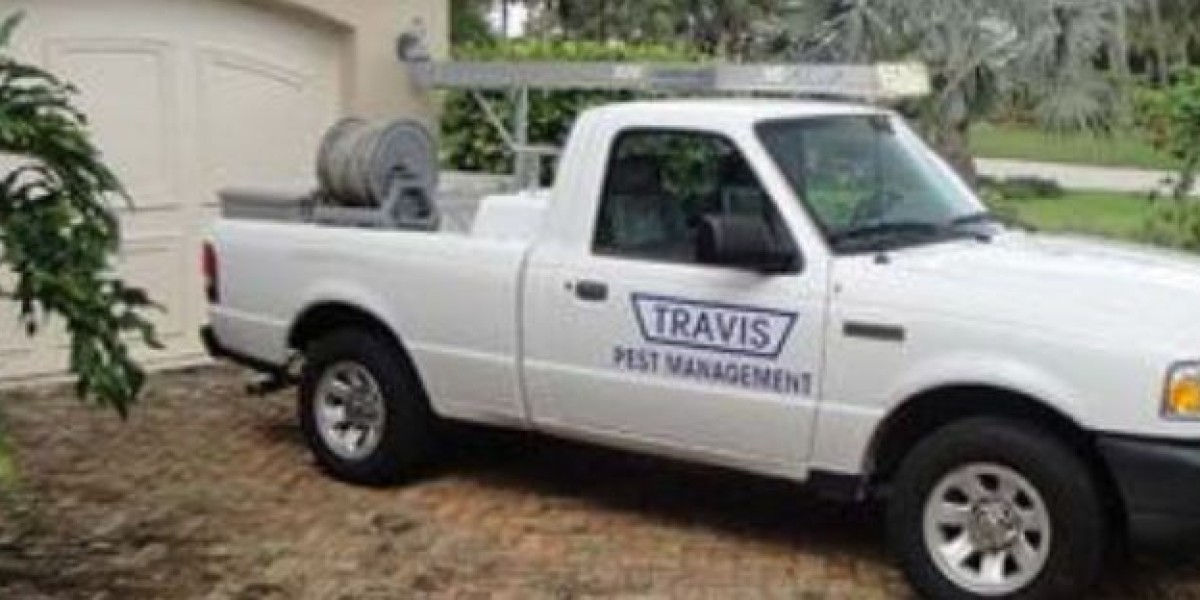Hatching eggs is a rewarding experience that brings the miracle of life right to your home, farm, or classroom. However, achieving successful results requires a basic understanding of how to use an egg incubator correctly. Whether you're hatching chicken eggs, quail eggs, or duck eggs, this beginner’s guide will walk you through each step of the process, from preparation to hatch day.
In this guide, we’ll cover how to choose the best egg incubator, set it up properly, monitor conditions, and ensure a high hatch rate. With a little care and patience, anyone can master the art of egg incubation.
What Is an Egg Incubator and Why Use One?
An egg incubator is a device that mimics the natural conditions required to hatch eggs. By controlling temperature, humidity, and ventilation, the incubator provides the perfect environment for embryos to develop and eventually hatch.
While natural hatching is done by a broody hen, an egg incubator allows you to hatch eggs without a hen and in larger quantities. It’s especially useful for hobbyists, small-scale farmers, and educators.
Key Benefits of Using an Egg Incubator
- Control Over Conditions: An egg incubator lets you maintain precise temperature and humidity levels, which are crucial for successful hatching.
- Convenience: Unlike a broody hen, an incubator can be used any time of the year.
- Higher Hatch Rates: With proper care and monitoring, an incubator can often produce higher hatch rates than natural hatching.
- Educational Opportunities: Watching eggs develop and hatch is a fascinating way to learn about biology and life cycles.
Choosing the Best Egg Incubator for Beginners
1. Types of Egg Incubators
There are several types of egg incubators, but the most common ones for beginners are:
- Still-Air Incubators: These rely on natural air circulation and are best for small batches of eggs.
- Forced-Air Incubators: These have built-in fans to circulate air evenly, ensuring consistent temperature and humidity.
- Automatic Incubators are the best egg incubators for beginners because they handle egg turning and often have digital controls for temperature and humidity.
2. Capacity and Size
Consider how many eggs you want to hatch at once. Beginners may want to start with a small incubator that holds 7-12 eggs before moving on to larger models.
3. Features to Look For
- Temperature Control: Look for a model with a digital thermostat for easy adjustments.
- Humidity Control: Built-in hygrometers help monitor and adjust humidity levels.
- Egg Turning: Automatic turners save time and prevent embryos from sticking to the shell.
- Visibility: A clear lid or viewing window is great for observing the process.
Preparing Your Egg Incubator
1. Clean and Sanitize the Incubator
Before using your egg incubator, clean and disinfect it thoroughly to prevent bacteria or mold that could harm the eggs. Use a non-toxic cleaner and rinse well.
2. Test the Incubator
Run the incubator for at least 24 hours before placing any eggs inside. This allows you to check that the temperature and humidity levels are stable.
3. Choose Fertile Eggs
Select eggs from a trusted source, ensuring they are fertile. Avoid cracked, dirty, or misshapen eggs, as these are less likely to hatch.
Incubation Process: Step-by-Step Guide
1. Setting the Temperature
Temperature is the most critical factor in incubation. For most eggs, the ideal temperature is:
- Chicken Eggs: 99.5°F
- Quail Eggs: 99.5°F
- Duck Eggs: 99-99.5°F
Use a reliable thermometer to double-check the incubator’s built-in gauge. Keep the temperature stable, as even minor fluctuations can affect hatch rates.
2. Adjusting Humidity
Humidity plays a crucial role in preventing the eggs from losing too much or too little moisture. The recommended humidity levels are:
- Days 1-18: 50-55% humidity
- Lockdown (last 3 days): 65-70% humidity
Add water to the incubator’s reservoir as needed, and monitor humidity with a hygrometer.
3. Egg Turning
During the first 18 days, eggs need to be turned at least 3-5 times daily to ensure the embryo doesn’t stick to the shell. If your incubator has an automatic turner, this task is handled for you.
Always turn eggs gently and avoid sudden movements. Marking one side of the egg with an "X" can help track turns.
4. Ventilation
Proper airflow ensures the developing embryos get enough oxygen. Most incubators have adjustable vents—keep them slightly open during incubation and fully open during lockdown.
Candling Eggs: Monitoring Development
Candling is the process of shining a light through the eggshell to observe the embryo’s development. It’s not only fascinating but also helps identify infertile or non-viable eggs early on.
When to Candle:
- Day 7: Check for early development and remove clear (infertile) eggs.
- Day 14: Confirm continued growth and monitor for any abnormalities.
- Day 18 (before lockdown): Check for final development and ensure air cells are the correct size.
The Lockdown Phase
Lockdown refers to the last 3 days of incubation. During this phase, the eggs should no longer be turned, and the humidity needs to be increased to assist the chicks in breaking out of the shell.
Key Steps During Lockdown:
- Stop turning the eggs.
- Increase humidity to 65-70%.
- Avoid opening the incubator to maintain stable conditions.
Hatch Day: What to Expect
Hatching typically takes several hours, and it’s important not to interfere unless absolutely necessary. Here’s what to expect:
- Pipping: The chick makes a small hole in the shell.
- Zipping: The chick rotates, cracking the shell in a circular motion.
- Emergence: The chick pushes out of the shell and rests to dry off.
Once hatched, leave the chicks in the incubator for 12-24 hours to allow them to dry and gain strength.
Post-Hatch Care for Chicks
After hatching, transfer the chicks to a brooder with a heat source, clean bedding, and fresh water. Feed them a high-quality starter feed appropriate for their species.
Monitor their health and environment closely, ensuring the brooder temperature is around 95°F for the first week. Gradually reduce the heat by 5°F each week.
Common Mistakes to Avoid
- Inconsistent Temperature and Humidity: Monitor these factors daily to avoid fluctuations.
- Overhandling Eggs: Too much handling can disrupt the incubation process.
- Opening the Incubator During Lockdown: This can cause humidity levels to drop, making it harder for chicks to hatch.
Final Thoughts: A Rewarding Experience
Learning how to incubate eggs with an egg incubator is a fulfilling journey that teaches patience, care, and the wonders of life. By following this guide and choosing the best egg incubator for your needs, you’ll set yourself up for success and enjoy the incredible moment when your first chick hatches.
Remember, preparation and attention to detail are key. With the right setup and a little dedication, anyone can master the art of hatching eggs and experience the joy of bringing new life into the world.








